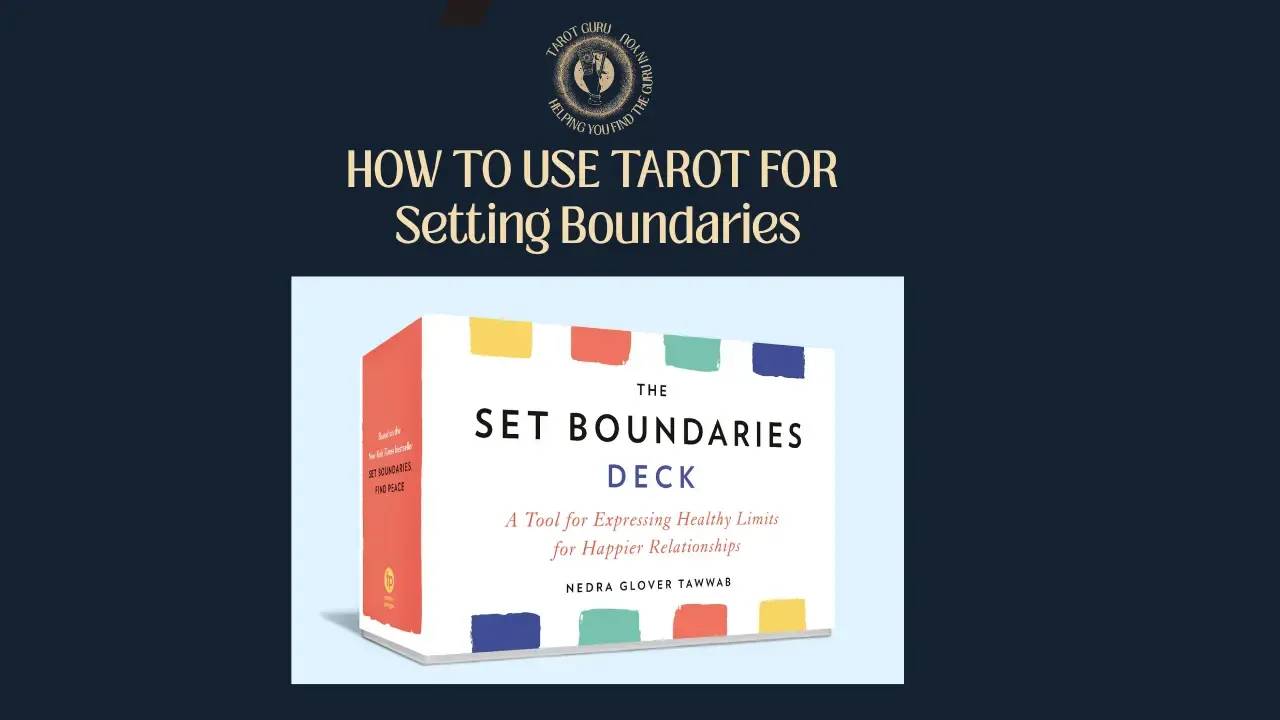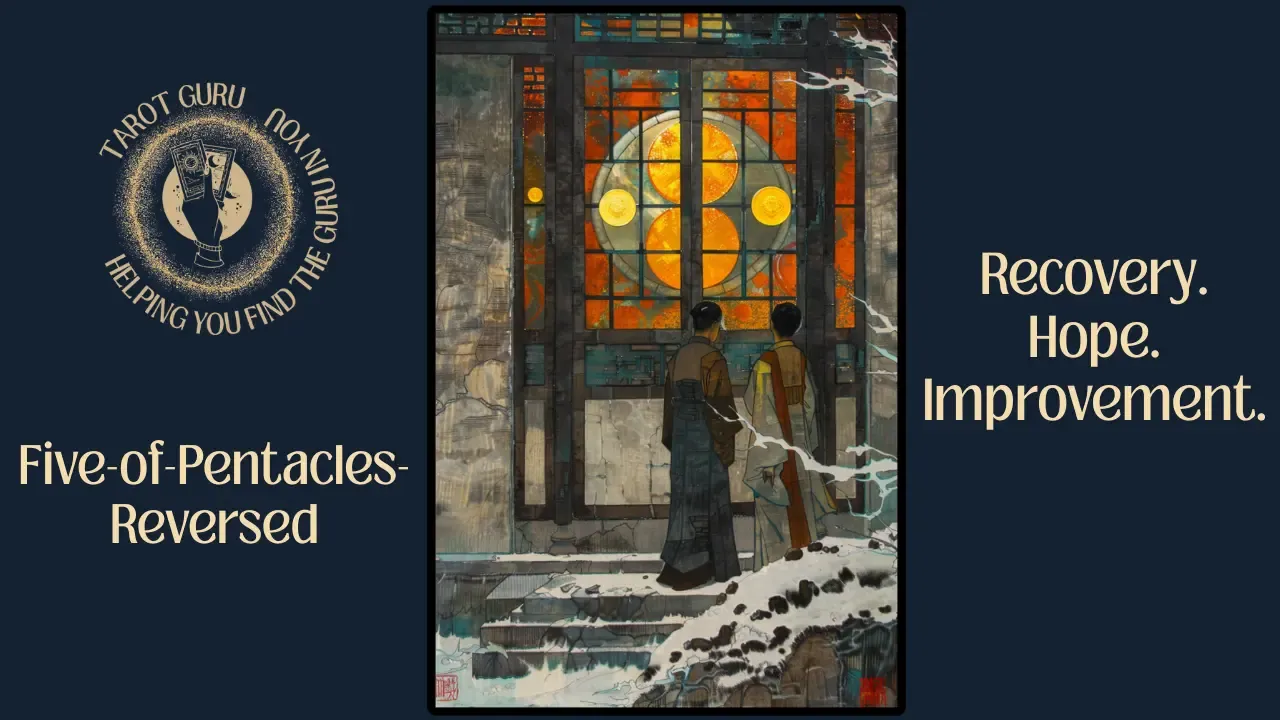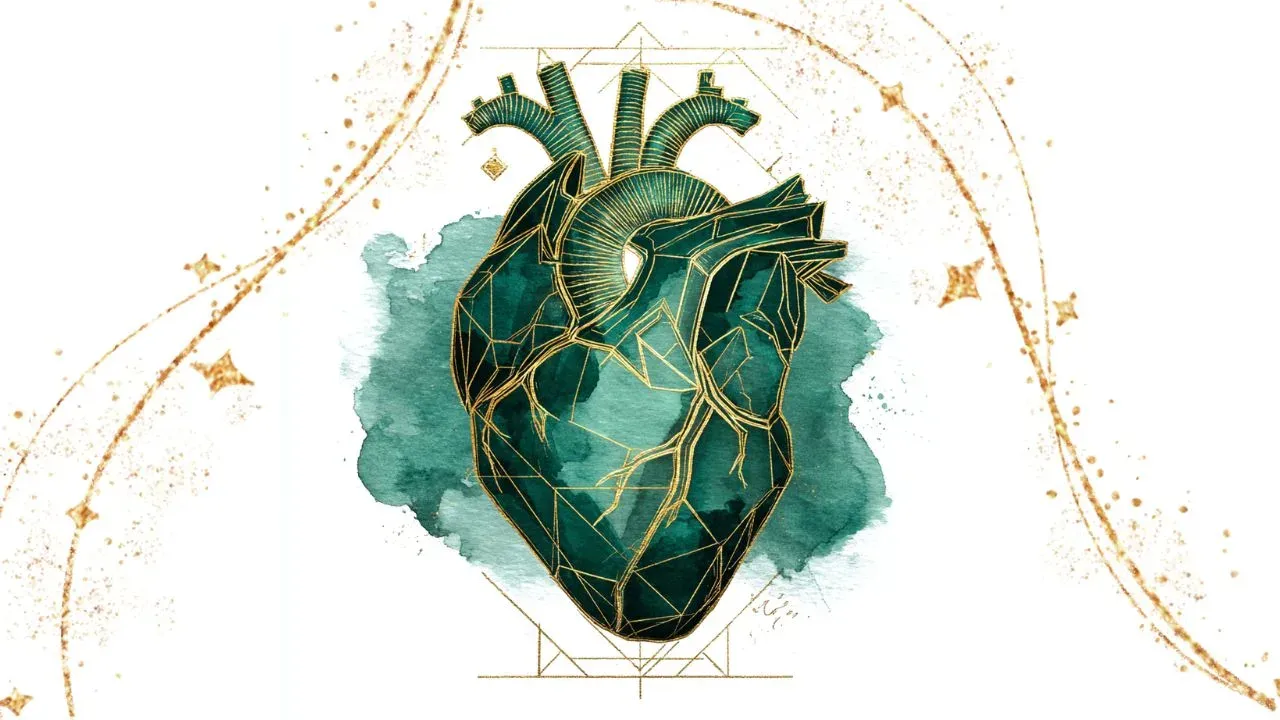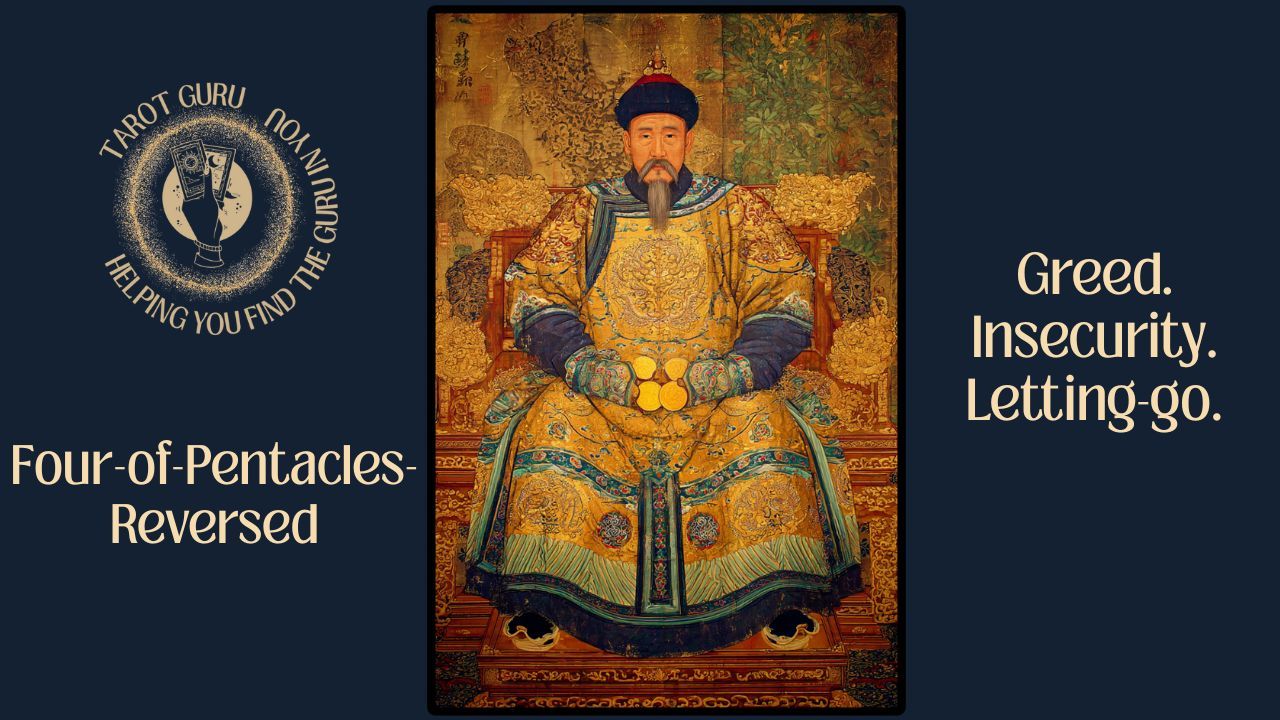How to Use Tarot for Setting Boundaries

Boundaries aren't walls. They're instructions. "This is what works for me. This is what doesn't." Tarot won't set boundaries for you, but it will show you where they're missing—and what's at stake when you keep saying yes to things that cost too much.
What Boundaries Actually Are
A boundary is a limit you establish to protect your energy, time, or emotional well-being. It's not a punishment. It's not a declaration of war. It's information: "I can't do that," "I need space," "That doesn't work for me."
Most people struggle with boundaries because they confuse them with rejection. Setting a boundary feels like you're being difficult, selfish, or unkind. That's conditioning talking. You've been taught that your needs are negotiable and that accommodating others is virtue.
Boundaries aren't about controlling other people. They're about managing your own capacity and honoring your limits before resentment builds.
Why Use Tarot for Boundary Work
Tarot makes the invisible visible. You know something's off, but you can't name it. You feel drained after certain interactions, but you tell yourself you're overreacting. You say yes when you mean no, then wonder why you're exhausted.
Pull a card and ask, "Where do I need a boundary?" The Eight of Swords shows up and suddenly you see it—you've convinced yourself you have no choice, but the restraints are loose. The Four of Pentacles appears and you realize you're holding on to a relationship that's depleting you because you're afraid of what happens if you let go.
Tarot doesn't lecture. It reflects. The cards show you the pattern you're defending and the cost of maintaining it.
How to Use Tarot to Identify Where Boundaries Are Needed
Start with one question: "Where am I giving more than I can sustain?"
Pull a card. Let the image speak before you reach for interpretation. Does the card show someone overwhelmed? Isolated? Performing? Depleted?
The Ten of Wands is someone carrying more than their share because no one else stepped up. The Two of Cups reversed is a relationship where reciprocity died but you're still showing up. The Nine of Swords is what happens when you absorb everyone else's problems and call it empathy.
Write down what you see. Not the guidebook meaning—the gut reaction. What part of your life does this card remind you of? Who comes to mind? What situation makes your chest tight?
You can also ask specific boundary questions:
- Where am I overextending?
- What relationship is out of balance?
- What am I tolerating that I shouldn't?
- Where am I saying yes when I mean no?
Pull one card per question. Pay attention to suit themes. Cups questions often relate to emotional boundaries. Wands point to energy and effort. Swords highlight communication and mental boundaries. Pentacles show up around time, money, and physical resources.
Tarot Cards That Signal Boundary Issues
Certain cards consistently appear when boundaries are absent or being violated:
Ten of Wands is the card of unsustainable effort. You're carrying the load alone, and it's breaking you. This card asks: What would happen if you put some of this down?
Two of Swords is avoidance dressed as neutrality. You're refusing to make a decision because both options feel bad. The boundary question here is: What are you not willing to confront?
Nine of Swords is anxiety born from absorbing everyone else's emotional weather. You've made yourself responsible for things outside your control. This card signals a need for emotional boundaries.
Four of Pentacles is gripping so tightly that nothing flows. Often shows up when you're holding onto relationships or situations out of fear rather than genuine connection. The boundary here is learning to release what no longer serves.
Five of Cups is stuck in grief or disappointment, focused on what's gone instead of what remains. This card often signals the need to set boundaries around people or situations that keep reopening old wounds.
The Devil represents the pattern you know is unhealthy but feel powerless to change. It's the toxic dynamic, the one-sided relationship, the commitment you made before you understood the cost. This card asks: What are you choosing to stay chained to?
Knight of Wands reversed is enthusiasm without follow-through. Someone who makes big promises and doesn't deliver. If this shows up in a boundary reading, it's pointing to where you need to stop accepting words without action.
Seven of Swords signals dishonesty or someone taking more than they're giving. This card often appears when you need a boundary around trust and reciprocity.
When these cards appear, don't dismiss them. They're not being dramatic. They're showing you where the structure is failing.
How to Use Tarot to Clarify What the Boundary Should Be
Once you've identified where a boundary is needed, pull another card and ask: "What does this boundary look like in practice?"
This isn't about prediction. It's about clarity. The Hermit might suggest the boundary is space—time alone to reset. The Queen of Swords could mean the boundary is clear, direct communication without softening your message to manage someone else's feelings.
Strength often shows up as a reminder that boundaries aren't aggressive—they're calm, consistent limits. The Chariot suggests the boundary requires determination and the willingness to move forward even when it's uncomfortable.
If you pull a Court Card, consider what that archetype would do. The Queen of Pentacles sets boundaries around her time and resources without guilt. The King of Swords communicates limits with clarity and doesn't negotiate his standards. The Knight of Cups honors his emotional needs without apology.
Write down what the card suggests. Then ask yourself: What's one small action I can take this week to practice this boundary?
Getting Started with Boundary Work and Tarot
You don't need a complicated system. Pull one card weekly and ask: "Where do I need to protect my energy this week?"
Notice what comes up. Notice your resistance. If you pull a card that clearly points to a boundary issue and your first thought is, "But I can't do that," that's valuable information. The boundary isn't the problem—your belief that you're not allowed to have one is.
Start with low-stakes boundaries. Practice saying no to small requests. Notice what happens when you don't immediately respond to every text. See what it feels like to leave an event early because you're tired, not because you have an excuse.
Tarot will keep showing you the same cards until you address the pattern. If the Ten of Wands appears three readings in a row, it's not a coincidence. It's a message you keep ignoring.
Boundaries aren't about building walls. They're about knowing where you end and someone else begins. Tarot helps you see the line.
Tools for Boundary Work
While tarot helps you recognize where boundaries are needed, translating insight into action requires practice. The Set Boundaries Deck by Nedra Glover Tawwab pairs perfectly with tarot for this work. It presents real-life scenarios and boundary-setting statements—giving you the language to express limits clearly.
Use tarot to identify the pattern. Use a practice tool like this deck to articulate the boundary. The two work together: awareness plus language equals change.
Setting boundaries isn't selfish. It's structural. Without them, everything collapses. Tarot shows you where the cracks are before the whole thing comes down.
Stop Googling Card Meanings - Start Reading with Confidence
Get my beginner-friendly $22 course and learn to trust your intuition instead of memorizing meanings. Practice with simple spreads and build confidence without constantly looking things up




